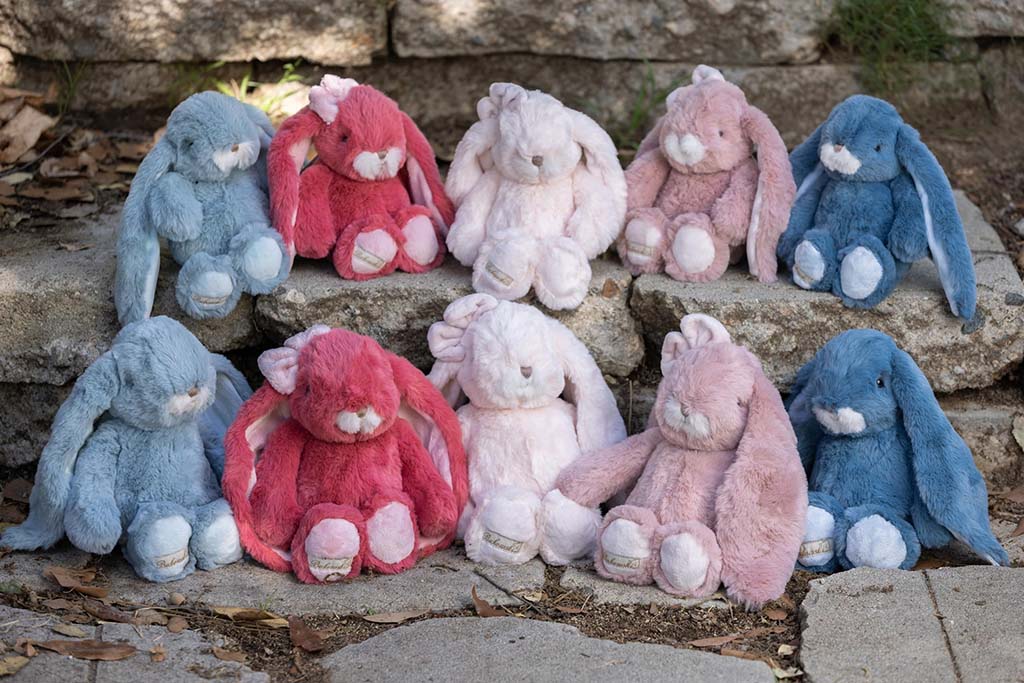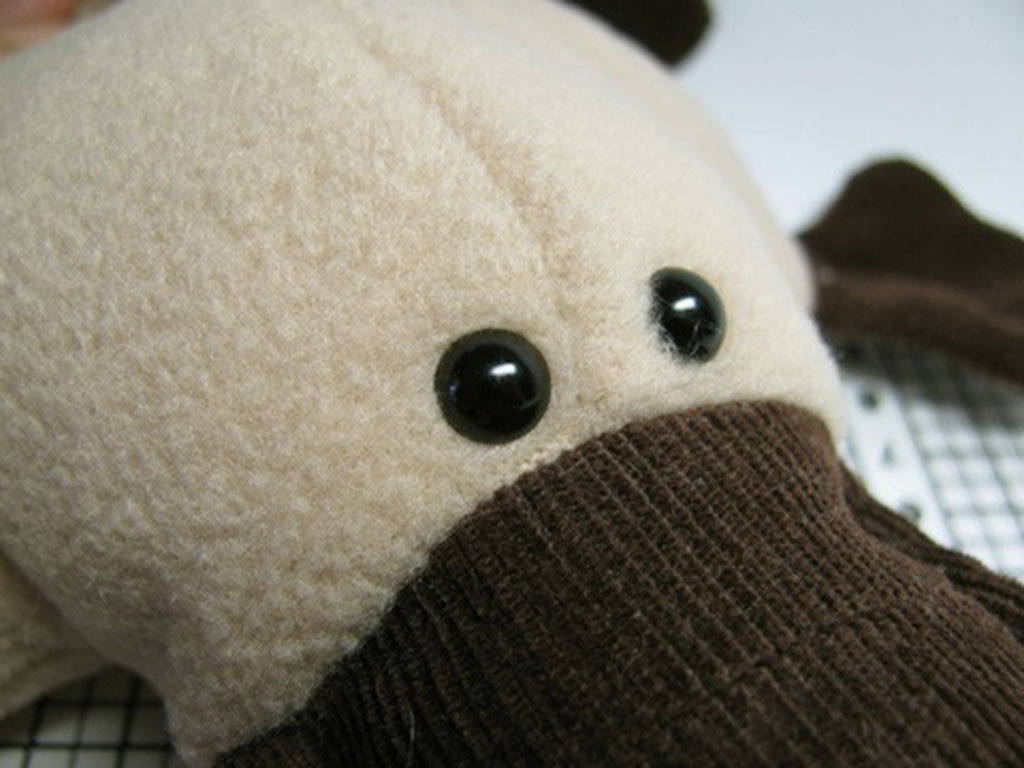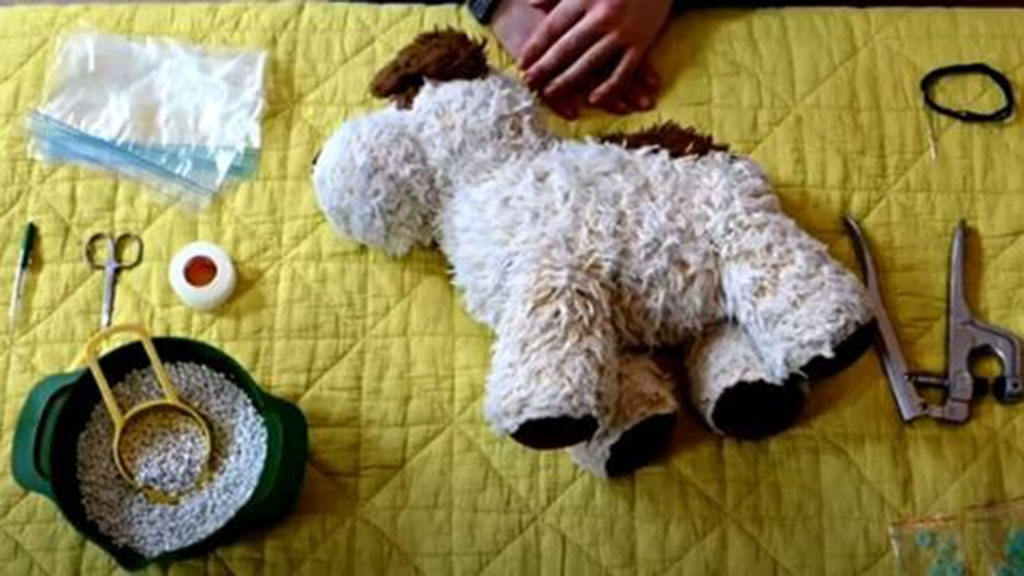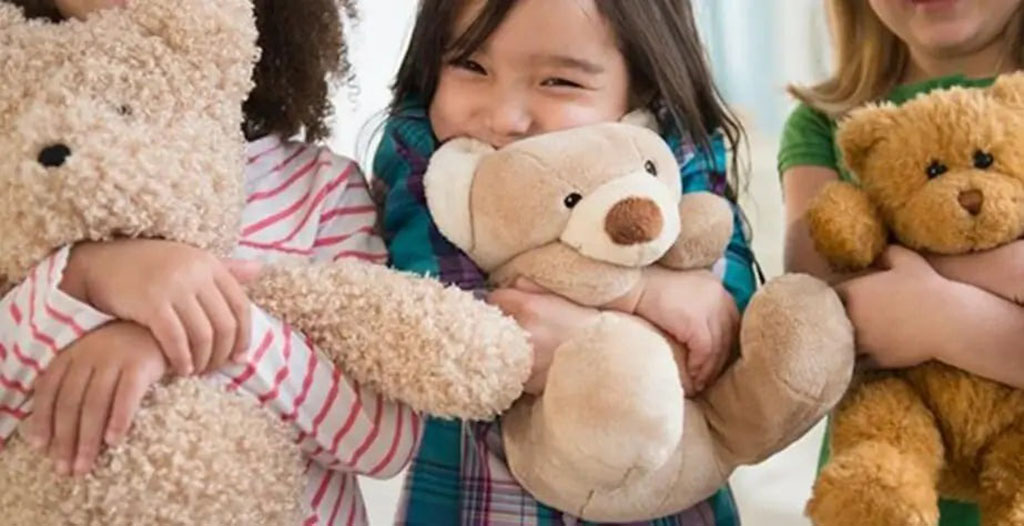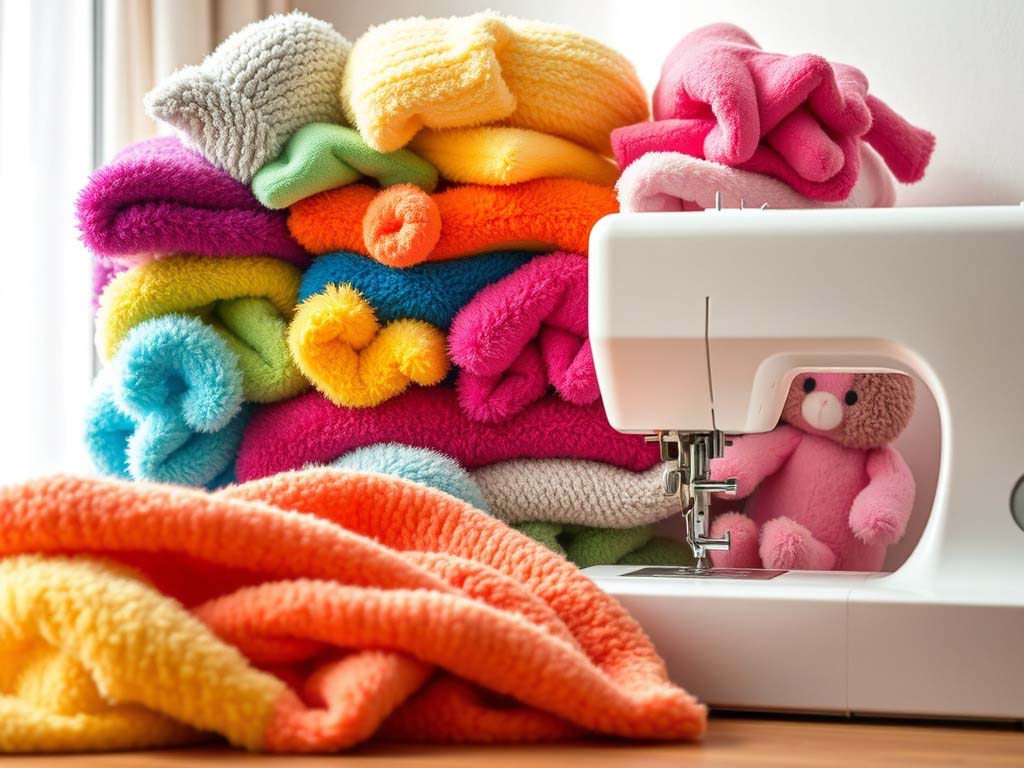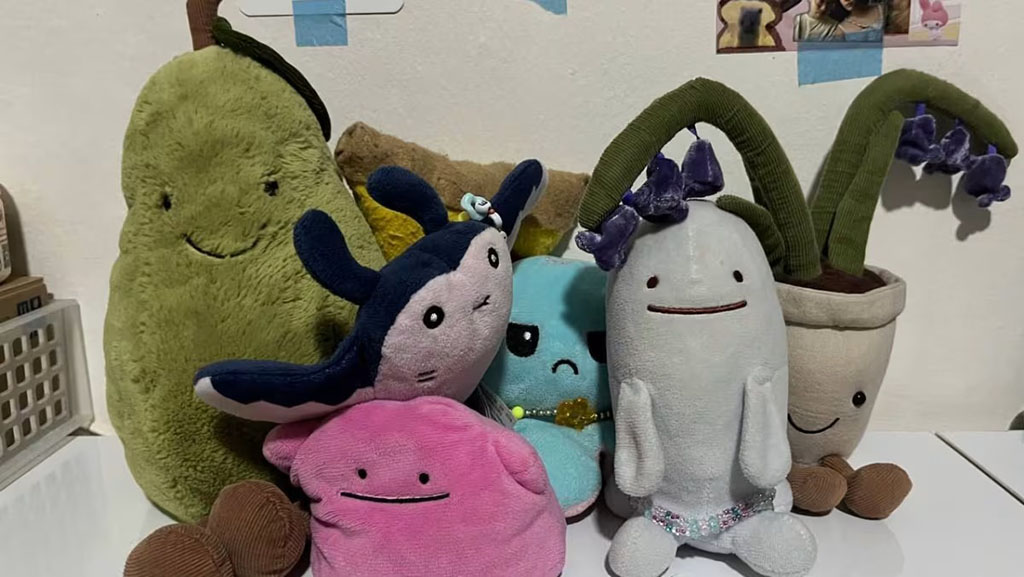By Amanda — Kinwin (OEM/ODM plush manufacturer; CE/ASTM/CPSIA ready)
“Most popular” sounds simple—but it depends on how you measure: revenue, units sold, search demand, social buzz, or regional channel dominance. Below I break the market into clear metrics and leaders so you can benchmark brands—and position your own line accordingly.
What metrics define “most popular” for global plush brands—sales, market share, search demand, and social engagement?

To compare brands fairly, I look at four lenses:
- Retail revenue / units (who sells the most): public filings, trade press, and analyst coverage.
- Market presence (by channel/region): who leads in theme parks, e-commerce, specialty, and amusement prize/claw.
- Search & social velocity: viral “kidult” trends (TikTok/Instagram), Google interest, collector communities.
- Brand resilience: quality, safety record, and ability to sustain demand beyond fads.
Recent reporting shows Squishmallows (Jazwares) topping social engagement and retail momentum, helping push company sales toward the billion-dollar mark; the line has generated hundreds of millions of units sold worldwide. TIME+1
Industry sizing data also places legacy names—GUND, Jellycat, Aurora, Steiff, Build-A-Bear—among key global players, underscoring that “most popular” is multi-brand and metric-dependent. Global Market Insights Inc.
Which brands lead by region and channel (retail, e-commerce, theme parks, crane/claw machines), and why?

Retail (mass & specialty):
- Squishmallows dominate broad retail with huge viral pull and frequent collabs, keeping shelf turn high. TIME
- Jellycat owns premium/lifestyle gifting in many markets (UK/EU, U.S. specialty), driven by distinctive designs and adult collectors. 卫报
Theme parks & licensed destinations:
- Disney commands park and online merchandising with evergreen characters; plush remains a core souvenir category. DisneyStore.com+1
Crane/claw (amusement prize) channels (Asia → global):
- Banpresto (Bandai Spirits) supplies character prize plush across arcades/UFO catchers; this pipeline feeds worldwide fandoms for anime/game IP. 株式会社BANDAI SPIRITS(バンダイスピリッツ)+1
Experiential retail:
- Build-A-Bear leads “make-your-own” experiences and has surged on the back of kidulting, licensing, and strong financials. The Washington Post
How do licensing strategies and character IP portfolios drive brand dominance across demographics?

Plush popularity follows character gravity. Lines that stack multiple IPs (games, film, TV, creators) scale faster:
- Jazwares/Squishmallows: frequent licensed drops (TV, gaming, QSR tie-ins) keep collectors engaged and SKUs fresh. TIME
- Disney Parks/Store: perpetual pipeline of films/shows fuels new plush each season. Disney Parks Blog
- Bandai Spirits/Banpresto: anime/game franchises refresh monthly through prize cycles, sustaining repeat play and secondary markets. 株式会社BANDAI SPIRITS(バンダイスピリッツ)
Licensing breadth = broader age reach (toddlers → kidults) + more collectability.
What role do product quality, safety certifications, and recall history play in brand trust and retention?

High-volume brands win long term by avoiding failures as much as creating hits. Buyers and parents reward:
- Consistent pass rates on EN 71/ASTM/CPSIA across colors and lots.
- Durability signals (seam strength, pilling/abrasion, colorfastness).
- Low recall exposure (especially small-parts issues with eyes/buttons).
Top brands typically maintain robust quality systems; reputational momentum is fragile—one high-profile failure can dent NPS and search interest. (Industry trackers and retailer RSL requirements emphasize this; see leading-brand lists in market reports.) Global Market Insights Inc.
How are digital marketing, influencers, and collector communities reshaping plush brand popularity?

The plush boom is powered by social storytelling:
- TikTok/Instagram virality turned Squishmallows into a global phenomenon (billions of views; community hunt culture). TIME
- Lifestyle/collector media amplified Jellycat into a cross-age fashion/accessory item; adult collectors queue for drops and share hauls. 卫报
- Experiential posts (Build-A-Bear workshops) convert footfall and repeat visits. The Washington Post
Community loops—UGC, rarity, display culture—now rival TV ads for driving plush sell-through.
Are sustainability commitments and ethical sourcing now decisive factors in consumer preference among top plush brands?

Increasingly yes—especially in EU/UK/Japan and among Gen-Z/young parents. Many leaders advertise:
- Safer chemistries (restrict SVHC/azo; OEKO-TEX for textiles where applicable).
- Recycled inputs (rPET fiberfill/fabrics) with GRS chain-of-custody.
- Supplier audits and transparent testing regimes (EN 71-3/CPSIA).
Market overviews consistently list brands making visible ESG moves among key players shaping demand. Global Market Insights Inc.+1
So…which brand is “most popular” right now?
It depends on the lens:
- By viral momentum & mass retail sell-through: Squishmallows sit on top, with extraordinary social velocity and hundreds of millions of units sold to date. TIME+1
- By premium gifting & adult lifestyle: Jellycat is a standout in the UK/US specialty channel and online. 卫报
- By experiential retail: Build-A-Bear leads the make-your-own niche and is expanding rapidly. The Washington Post
- By licensed/theme destinations: Disney remains a powerhouse in park and DTC channels. DisneyStore.com+1
- By amusement prizes (claw machines): Banpresto/Bandai Spirits anchor anime/game IP prize plush. 株式会社BANDAI SPIRITS(バンダイスピリッツ)
Takeaway: There isn’t a single winner across every metric—but if you’re asking which brand most visibly defines plush right now across sales and social culture, Squishmallows is the closest thing to a global No.1. TIME+1
Quick tables you can use for internal benchmarking
Table A — “Most Popular” Depends on the Metric
| Metric | Likely Leader(s) | Why It Matters |
|---|---|---|
| Viral + retail velocity | Squishmallows | Drives shelf turns and restocks. TIME |
| Premium gifting | Jellycat | High ASP, adult collectors. 卫报 |
| Experiential retail | Build-A-Bear | Footfall + content/social loops. The Washington Post |
| Theme park merchandising | Disney | Evergreen IP machine. Disney Parks Blog |
| Amusement prize channel | Banpresto/Bandai Spirits | Constant new anime/game IP. 株式会社BANDAI SPIRITS(バンダイスピリッツ) |
Table B — What Top Brands Do Well (Copy These Moves)
| Lever | Why It Works |
|---|---|
| Fast, frequent drops tied to IP/fandom | Prevents fatigue; fuels collecting. TIME |
| High compliance bar (EN 71/ASTM/CPSIA) | Reduces returns; builds trust. Global Market Insights Inc. |
| Community-first content | Converts UGC into sales. 卫报 |
| Experiential retail/e-comm storytelling | Extends LTV beyond a single plush. The Washington Post |
| ESG storytelling with proofs (rPET/GRS) | Wins EU/UK/Japan premium buyers. Global Market Insights Inc. |
Conclusion
There’s no one-size “most popular” across every metric. In 2024–2025, Squishmallows leads the culture + sales conversation; Jellycat rules premium gifting; Build-A-Bear owns experiential; Disney dominates parks; and Banpresto powers prize channels. Use the right lens for your category and borrow the winning playbook—fresh drops, tight compliance, community content, and credible sustainability.
If you’d like, I can size your category and assemble a brand heat map for your target markets and channels.
Contact: [email protected] · kinwintoys.com


